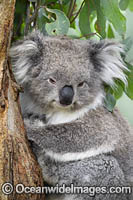
|
|
|
|
Koala (Phascolarctos cinereus), resting in a tree. Victoria, Australia.
© Gary Bell / OceanwideImages.com |
|
|
|
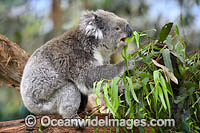
|
|
|
|
Koala (Phascolarctos cinereus), eating eucalypt gum tree leaves. Australia
© Gary Bell / OceanwideImages.com |
|
|
|
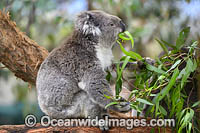
|
|
|
|
Koala (Phascolarctos cinereus), eating eucalypt gum tree leaves. Australia
© Gary Bell / OceanwideImages.com |
|
|
|
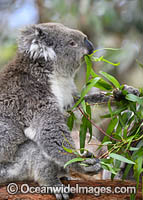
|
|
|
|
Koala (Phascolarctos cinereus), eating eucalypt gum tree leaves. Australia
© Gary Bell / OceanwideImages.com |
|
|
|
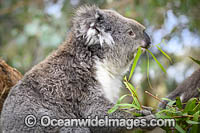
|
|
|
|
Koala (Phascolarctos cinereus), eating eucalypt gum tree leaves. Australia
© Gary Bell / OceanwideImages.com |
|
|
|
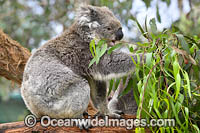
|
|
|
|
Koala (Phascolarctos cinereus), eating eucalypt gum tree leaves. Australia
© Gary Bell / OceanwideImages.com |
|
|
|
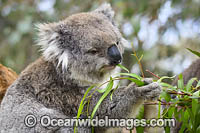
|
|
|
|
Koala (Phascolarctos cinereus), eating eucalypt gum tree leaves. Australia
© Gary Bell / OceanwideImages.com |
|
|
|
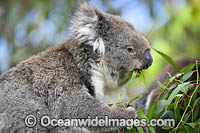
|
|
|
|
Koala (Phascolarctos cinereus), eating eucalypt gum tree leaves. Australia
© Gary Bell / OceanwideImages.com |
|
|
|
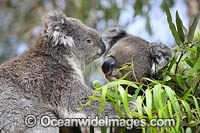
|
|
|
|
Koala (Phascolarctos cinereus), eating eucalypt gum tree leaves. Australia
© Gary Bell / OceanwideImages.com |
|
|
|
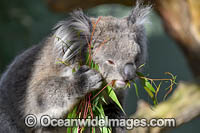
|
|
|
|
Koala (Phascolarctos cinereus), eating eucalypt gum tree leaves. Australia
© Gary Bell / OceanwideImages.com |
|
|
|

|
|
|
|
Koala (Phascolarctos cinereus), eating eucalypt gum tree leaves. Australia
© Gary Bell / OceanwideImages.com |
|
|
|
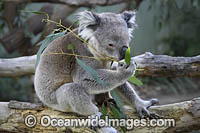
|
|
|
|
Koala (Phascolarctos cinereus), eating eucalypt gum tree leaves. Australia
© Gary Bell / OceanwideImages.com |
|
|
|
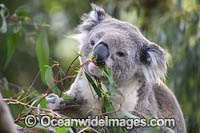
|
|
|
|
Koala (Phascolarctos cinereus), eating eucalypt gum tree leaves. Australia
© Gary Bell / OceanwideImages.com |
|
|
|
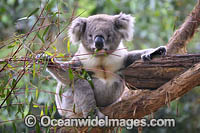
|
|
|
|
Koala (Phascolarctos cinereus), eating eucalypt gum tree leaves. Australia
© Gary Bell / OceanwideImages.com |
|
|
|
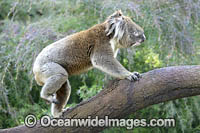
|
|
|
|
Koala (Phascolarctos cinereus), climbing on a tree branch. Victoria, Australia.
© Gary Bell / OceanwideImages.com |
|
|
|
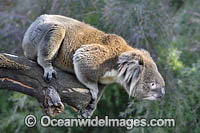
|
|
|
|
Koala (Phascolarctos cinereus), climbing on a tree branch. Victoria, Australia.
© Gary Bell / OceanwideImages.com |
|
|
|
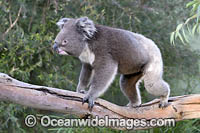
|
|
|
|
Koala (Phascolarctos cinereus), climbing on a tree branch. Victoria, Australia.
© Gary Bell / OceanwideImages.com |
|
|
|
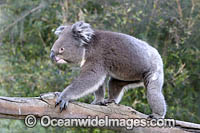
|
|
|
|
Koala (Phascolarctos cinereus), climbing on a tree branch. Victoria, Australia.
© Gary Bell / OceanwideImages.com |
|
|
|
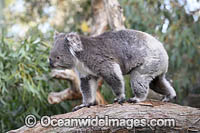
|
|
|
|
Koala (Phascolarctos cinereus), climbing on a tree branch. Victoria, Australia.
© Gary Bell / OceanwideImages.com |
|
|
|
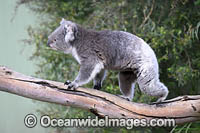
|
|
|
|
Koala (Phascolarctos cinereus), climbing on a tree branch. Victoria, Australia.
© Gary Bell / OceanwideImages.com |
|
|
|
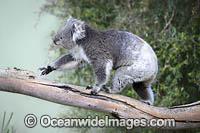
|
|
|
|
Koala (Phascolarctos cinereus), climbing on a tree branch. Victoria, Australia.
© Gary Bell / OceanwideImages.com |
|
|
|
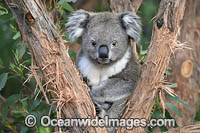
|
|
|
|
Koala (Phascolarctos cinereus), resting in a tree. Victoria, Australia.
© Gary Bell / OceanwideImages.com |
|
|
|
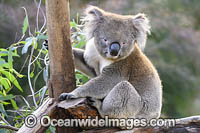
|
|
|
|
Koala (Phascolarctos cinereus), resting in a tree. Victoria, Australia.
© Gary Bell / OceanwideImages.com |
|
|
|
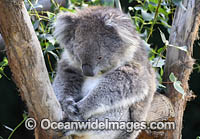
|
|
|
|
Koala (Phascolarctos cinereus), resting in a tree. Victoria, Australia.
© Gary Bell / OceanwideImages.com |
|
|
|
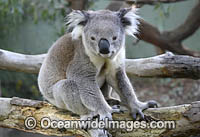
|
|
|
|
Koala (Phascolarctos cinereus), resting in a tree. Victoria, Australia.
© Gary Bell / OceanwideImages.com |
|
|
|
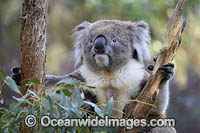
|
|
|
|
Koala (Phascolarctos cinereus), resting in a tree. Victoria, Australia.
© Gary Bell / OceanwideImages.com |
|
|
|
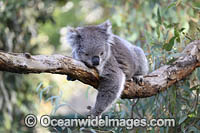
|
|
|
|
Koala (Phascolarctos cinereus), resting in a tree. Victoria, Australia.
© Gary Bell / OceanwideImages.com |
|
|
|
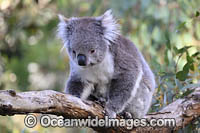
|
|
|
|
Koala (Phascolarctos cinereus), resting in a tree. Victoria, Australia.
© Gary Bell / OceanwideImages.com |
|
|
|
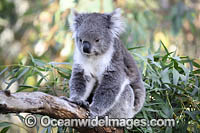
|
|
|
|
Koala (Phascolarctos cinereus), resting in a tree. Victoria, Australia.
© Gary Bell / OceanwideImages.com |
|
|
|
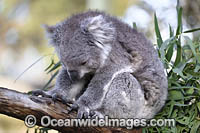
|
|
|
|
Koala (Phascolarctos cinereus), resting in a tree. Victoria, Australia.
© Gary Bell / OceanwideImages.com |
|
|
|
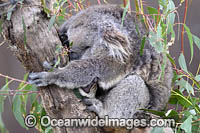
|
|
|
|
Koala (Phascolarctos cinereus), resting in a tree. Victoria, Australia.
© Gary Bell / OceanwideImages.com |
|
|
|
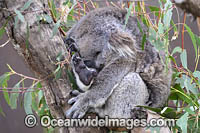
|
|
|
|
Koala (Phascolarctos cinereus), resting in a tree. Victoria, Australia.
© Gary Bell / OceanwideImages.com |
|
|
|
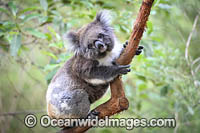
|
|
|
|
Koala (Phascolarctos cinereus), resting in a tree. Victoria, Australia.
© Gary Bell / OceanwideImages.com |
|
|
|
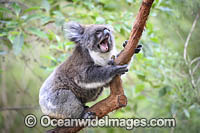
|
|
|
|
Koala (Phascolarctos cinereus), resting in a tree. Victoria, Australia.
© Gary Bell / OceanwideImages.com |
|
|
|
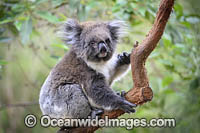
|
|
|
|
Koala (Phascolarctos cinereus), resting in a tree. Victoria, Australia.
© Gary Bell / OceanwideImages.com |
|
|
|
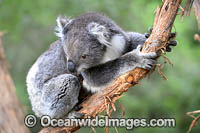
|
|
|
|
Koala (Phascolarctos cinereus), resting in a tree. Victoria, Australia.
© Gary Bell / OceanwideImages.com |
|
|
|
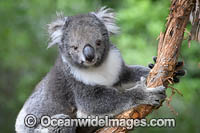
|
|
|
|
Koala (Phascolarctos cinereus), resting in a tree. Victoria, Australia.
© Gary Bell / OceanwideImages.com |
|
|
|
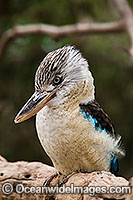
|
|
|
|
Blue-winged Kookaburra (Dacelo leachii). Found in woodlands, open forests and paterbark swamps of Northern Australia, Australia
© Gary Bell / OceanwideImages.com |
|
|
|
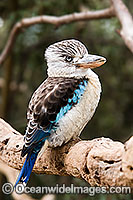
|
|
|
|
Blue-winged Kookaburra (Dacelo leachii). Found in woodlands, open forests and paterbark swamps of Northern Australia, Australia
© Gary Bell / OceanwideImages.com |
|
|
|
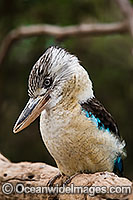
|
|
|
|
Blue-winged Kookaburra (Dacelo leachii). Found in woodlands, open forests and paterbark swamps of Northern Australia, Australia
© Gary Bell / OceanwideImages.com |
|
|
|
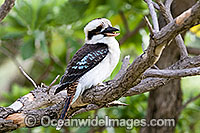
|
|
|
|
Laughing Kookaburra (Dacelo novaeguineae). Also known as Kingfisher. Found thoughout open forests and woodlands of Eastern Australia and Southern Western Australia.
© Gary Bell / OceanwideImages.com |
|
|
|
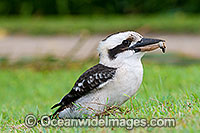
|
|
|
|
Laughing Kookaburra (Dacelo novaeguineae). Also known as Kingfisher. Found thoughout open forests and woodlands of Eastern Australia and Southern Western Australia.
© Gary Bell / OceanwideImages.com |
|
|
|
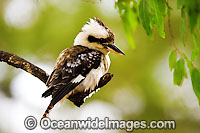
|
|
|
|
Laughing Kookaburra (Dacelo novaeguineae). Also known as Kingfisher. Found thoughout open forests and woodlands of Eastern Australia and Southern Western Australia.
© Gary Bell / OceanwideImages.com |
|
|
|
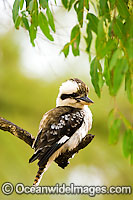
|
|
|
|
Laughing Kookaburra (Dacelo novaeguineae). Also known as Kingfisher. Found thoughout open forests and woodlands of Eastern Australia and Southern Western Australia.
© Gary Bell / OceanwideImages.com |
|
|
|
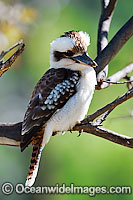
|
|
|
|
Laughing Kookaburra (Dacelo novaeguineae). Also known as Kingfisher. Found thoughout open forests and woodlands of Eastern Australia and Southern Western Australia.
© Gary Bell / OceanwideImages.com |
|
|
|
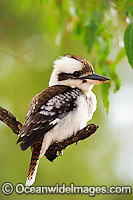
|
|
|
|
Laughing Kookaburra (Dacelo novaeguineae). Also known as Kingfisher. Found thoughout open forests and woodlands of Eastern Australia and Southern Western Australia.
© Gary Bell / OceanwideImages.com |
|
|
|
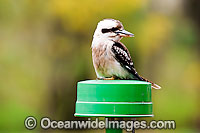
|
|
|
|
Laughing Kookaburra (Dacelo novaeguineae). Also known as Kingfisher. Found thoughout open forests and woodlands of Eastern Australia and Southern Western Australia.
© Gary Bell / OceanwideImages.com |
|
|
|
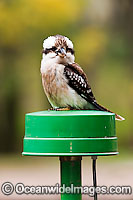
|
|
|
|
Laughing Kookaburra (Dacelo novaeguineae) - perched on a power connection pole. Also known as Kingfisher. Found thoughout open forests and woodlands of Eastern Australia and Southern Western Australia.
© Gary Bell / OceanwideImages.com |
|
|
|
